If you’ve ever walked into someone’s home and gotten a particular vibe about their financial situation, you’re not alone. Our living spaces often say more about us than we’d care to admit. Whether you’re conscious of it or not, certain choices in home decor can unintentionally send the wrong message. Let’s talk about the things in your home that might be making you look less well-off than you are. The good news? They’re simple to address.
1. Worn-Out Furniture

Worn-out furniture is a dead giveaway that you’re overdue for an upgrade. While a few dings and scratches add character, sagging cushions or torn upholstery make a room feel neglected. According to interior designer Emily Henderson, investing in good-quality pieces, even if they’re secondhand, can elevate a space instantly. It’s not about having the latest trend but opting for items that are sturdy and stylish. A quick fix could be throwing a chic slipcover over that tired-looking couch, which is more affordable than buying new furniture.
The trick to upgrading your furniture without breaking the bank is to focus on quality over quantity. Pick a couple of key pieces that offer functionality and add visual interest to your room. Sites like Craigslist or Facebook Marketplace are treasure troves for finding gently used items with potential. Spend a weekend sanding down that wooden table or repainting an old chair. Just a little bit of effort can breathe new life into what you already own, making your home look more curated and less like a college dorm room.
2. Faded Or Dirty Curtains
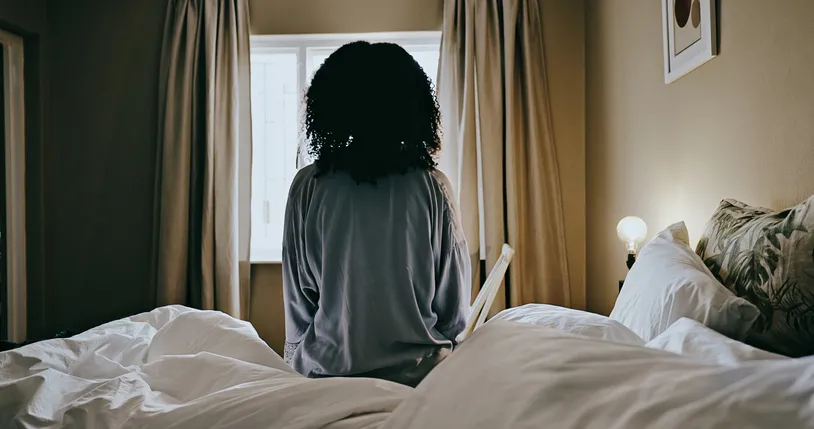
Curtains are often an overlooked aspect of home decor, but they can make or break a room’s vibe. Dirty or faded curtains send a message that you’re not paying attention to the small details. You don’t have to splurge on custom drapes to make your windows look elegant. Even affordable, crisp white curtains from a big box store can make a huge difference. Just make sure they’re clean and in good condition.
Updating your curtains is one of the simplest ways to refresh a room. Start by giving them a good wash or, if necessary, replacing them entirely. Opt for neutral tones that can seamlessly blend with various decor styles. The key is to ensure they’re the right length—curtains that are too short look awkward and unfinished. A well-dressed window can make your space appear more polished and put-together.
3. Bare Walls
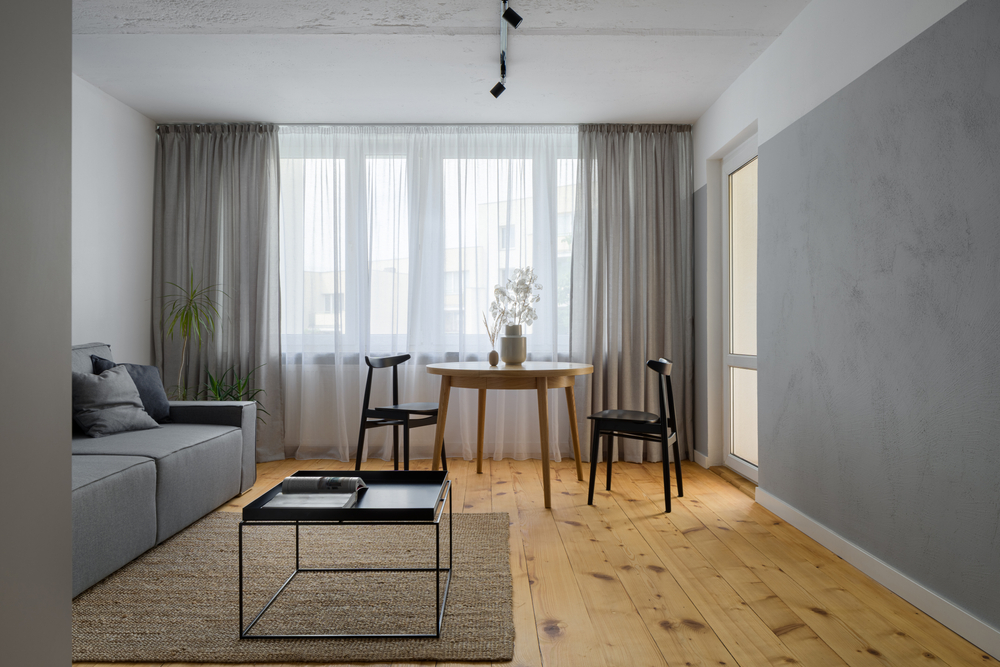
Bare walls can make a space feel empty and unloved. While minimalism is a valid design choice, there’s a fine line between minimal and barren. According to renowned interior designer Nate Berkus, art is a reflection of you and should bring personality into your space. You don’t need expensive art to make a statement; even a well-curated gallery wall of personal photos can add warmth and character. Consider adding framed posters, prints, or even DIY art to bring life to your walls.
If you’re worried about committing to specific pieces, start small. Try removable wall decals or washi tape designs that can be easily changed. Another affordable option is to hit up local thrift stores or flea markets for unique finds. Remember, your walls are a canvas waiting to tell your story. Filling them with meaningful or interesting pieces can make your home feel more inviting and lived-in.
4. Overcrowded Rooms
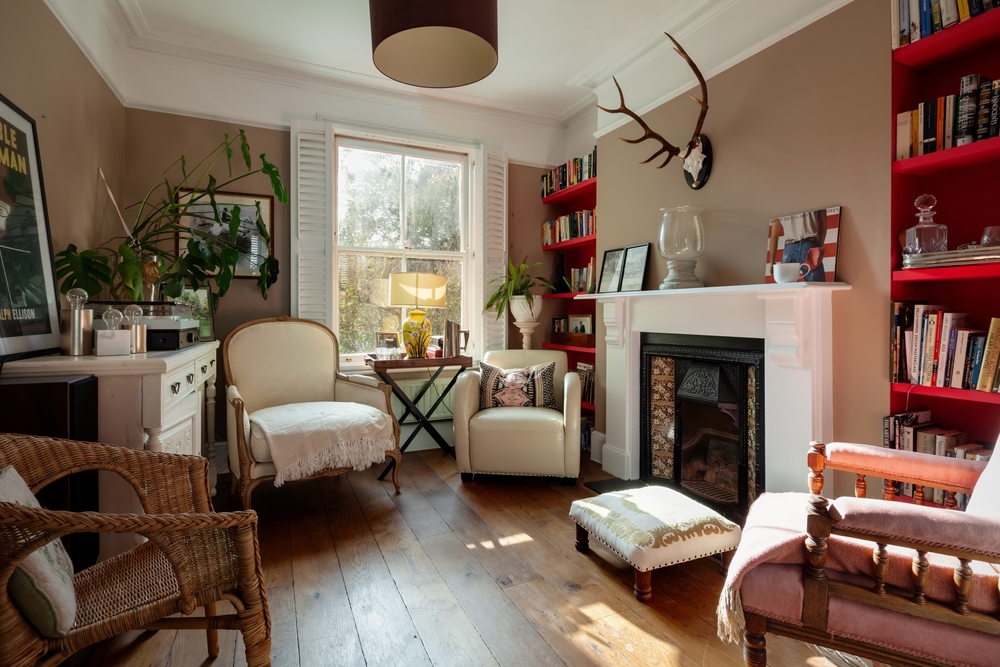
An overcrowded room can create a sense of chaos and disarray, making it difficult for your home to feel inviting. Clutter doesn’t only refer to messiness; too many pieces of furniture or decorative items can disrupt the flow of a space. The aim should be to create a balanced environment where every item has a purpose and place. Less is often more, as a few well-placed items can make a stronger statement. The secret lies in achieving a sense of harmony and proportion in your room layout.
Start by evaluating what items you truly need and love. Donate or sell anything that doesn’t serve a purpose or bring you joy. Arrange your furniture to allow for easy movement and consider using multi-functional pieces like ottomans with storage. Ensure that decor items aren’t just filling space but are meaningful or contribute to the overall aesthetic. Open spaces can make a room feel larger and more luxurious, giving the impression of intentional design.
5. Poor Lighting

Lighting is a crucial element that can dramatically alter the perception of your home. Poor lighting can make even the most stylish room feel drab and uninviting. According to lighting expert Jennifer Chandler, layering different types of lighting can create depth and dimension. Consider a combination of ambient, task, and accent lighting to add warmth and interest. Changing out harsh overhead lights for softer bulbs can also make a substantial difference.
Start by assessing the current lighting situation in each room. If an area seems particularly dim, think about adding a floor lamp or table lamp. Dimmer switches are relatively inexpensive and allow you to adjust the mood with ease. Even the placement of mirrors can contribute by reflecting light and making a space feel brighter. Thoughtful lighting choices can enhance your home’s ambiance, making it cozy rather than cramped.
6. Outdated Accessories
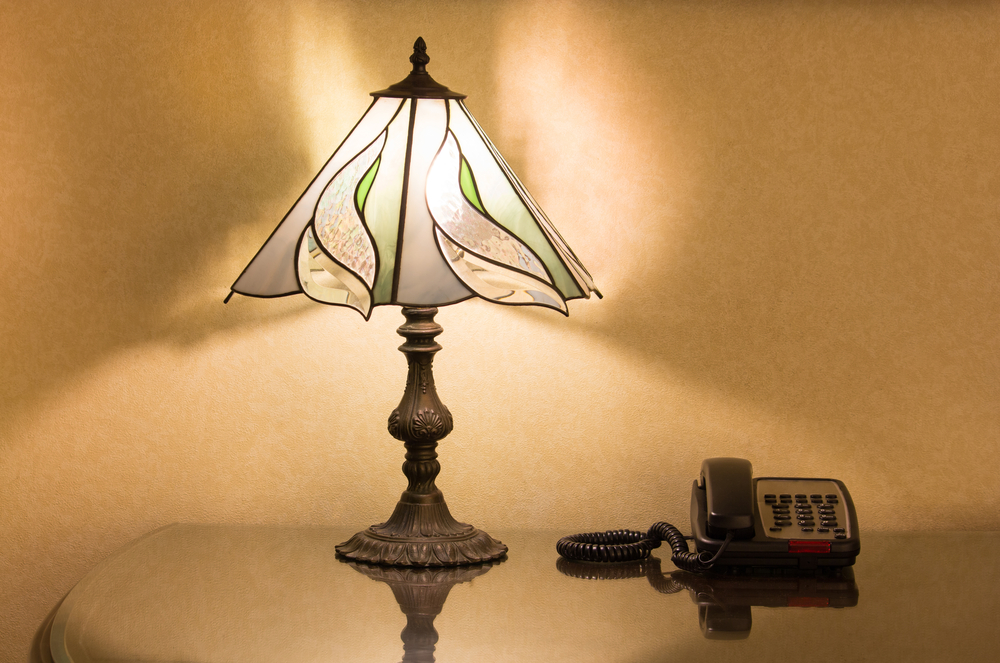
Outdated accessories can quickly age a space, making it look stuck in a past era. Think about the old vases, lamps, or figurines that may have once been trendy but no longer fit modern aesthetics. While there’s nothing wrong with keeping sentimental items, it’s important to incorporate fresh elements that reflect current styles. Swap out that dated lampshade or switch up your throw pillows for a quick, modern update. Small changes like these can seamlessly bring your decor into the present.
Refresh your accessories by focusing on color and texture. Neutral tones with pops of color can keep a space feeling vibrant yet elegant. Look for items that offer something unique, like an interesting pattern or a different material. Consider frequenting local artisan markets or online platforms for one-of-a-kind pieces. These little updates can keep your home feeling dynamic and reflective of contemporary trends.
7. Peeling Paint

Peeling paint is one of those details that can make even a well-furnished room look neglected. It’s often a sign of underlying moisture issues or simply the natural aging of materials. Studies by the Home Improvement Research Institute indicate that fresh paint is one of the simplest, most cost-effective ways to boost a home’s appeal. Don’t underestimate the power of a fresh coat of paint to transform a space. Whether you choose a classic white or a bold accent wall, new paint can refresh and modernize your home instantly.
To tackle this issue, first address any underlying problems like leaks or poor ventilation. Once that’s sorted, decide on a color palette that complements your existing decor. Prep your walls by sanding and priming before applying paint for the best results. If you’re not up for painting the entire room, consider just an accent wall or even the trim. Freshening up your walls can make your entire home feel cleaner and more inviting.
8. Mismatched Furniture
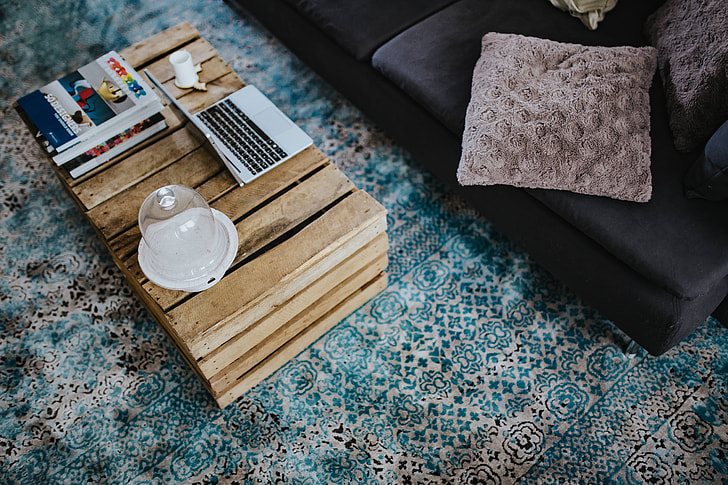
Mismatched furniture can create a disjointed look that makes your home feel less cohesive. While mixing styles can add interest, too much inconsistency can appear chaotic. Aim for a balance by incorporating pieces that share a common element, whether it’s color, material, or design style. You don’t need perfectly matched sets, but there should be some level of harmony. The key is to make it look intentional rather than accidental.
Start by identifying the key pieces you want to keep and build around them. If your current setup feels too eclectic, consider slipcovers or a unifying color scheme to tie different elements together. Rearranging your furniture can also help create a more cohesive look. Group similar items together to streamline the appearance of the room. Achieving a sense of unity in your furnishings can make your home feel more curated and sophisticated.
9. Stained Or Outdated Floors
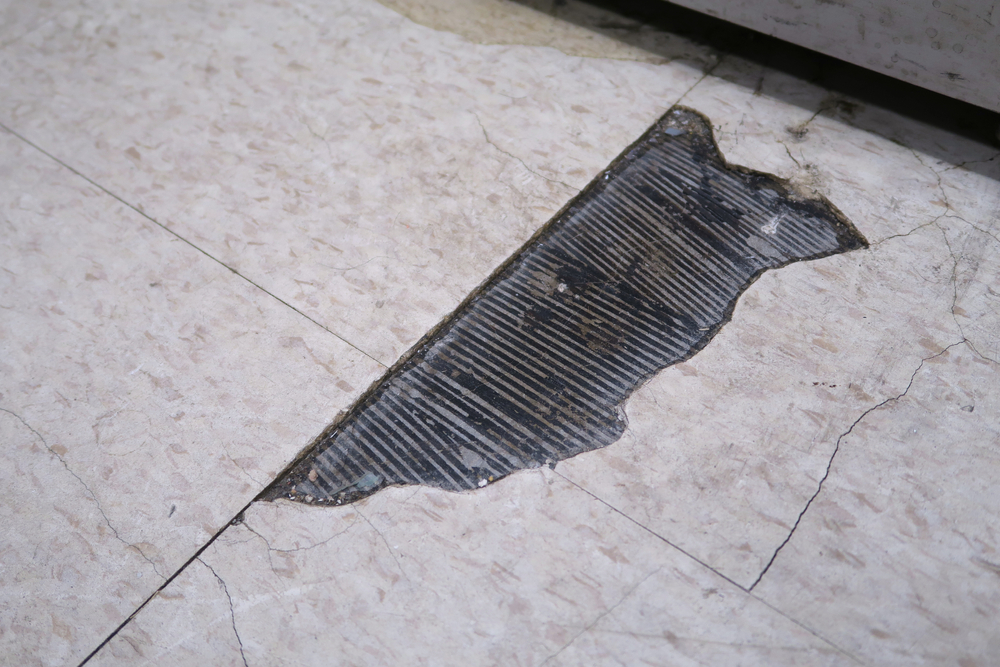
Floors are often the unsung heroes of home decor, but ignoring them can quickly degrade the overall aesthetic of your space. Whether it’s stained carpets, scuffed hardwood, or outdated linoleum, floors need attention just like any other element of your home. Rugs are an easy fix, offering both style and function by covering imperfections and adding texture. Regular cleaning and maintenance go a long way in keeping your floors looking fresh. Well-maintained floors can elevate your entire space, making it feel more polished and well-cared-for.
Consider the type of flooring you have and what it might need. Carpets may require a deep clean or replacement, while hardwood might benefit from refinishing. If new flooring isn’t in the budget, strategically placed rugs can work wonders. Don’t just throw down any old rug; make sure it complements the room and adds to its aesthetic. Paying attention to your floors can inject new life into your home, making it feel more inviting and luxurious.
10. Neglected Plants

Indoor plants are a fantastic way to bring life into your home. However, neglected plants can have the opposite effect, making a space feel unkempt. Whether they’re wilting, browning, or simply collecting dust, unhappy plants don’t reflect well on your living space. Take time to care for your greenery, ensuring they’re getting the right amount of water and sunlight. Not only will your home look better, but studies show that taking care of plants can also boost your mood and reduce stress.
If you’re not a green thumb by nature, opt for low-maintenance plants like succulents or snake plants. These resilient species require minimal care but still offer the aesthetic benefits of greenery. Regularly check your plants for any signs of distress and address issues promptly. Consider placing them in attractive planters that complement your decor. Healthy, vibrant plants can make any room feel more alive and welcoming.
11. Visible Cords And Wires

Nothing disrupts the visual flow of a room quite like a tangle of cords and wires. Whether they’re hanging off your TV stand or cluttering your desk, visible wires look messy and unorganized. Cable management solutions are both affordable and easy to implement, offering a quick fix to this common problem. Opt for cord covers, clips, or even decorative boxes to keep things tidy. Concealing these eyesores can instantly make your spaces look more streamlined.
Start by evaluating the areas where cords are most visible. Consider rearranging furniture or electronics to better hide them. Use zip ties or velcro straps to gather excess cable length. For a more permanent solution, you might explore in-wall cable management systems. Eliminating cord clutter can give your home a cleaner, more sophisticated appearance, making it look like a space that’s well-maintained and intentionally designed.
12. Dated Fixtures
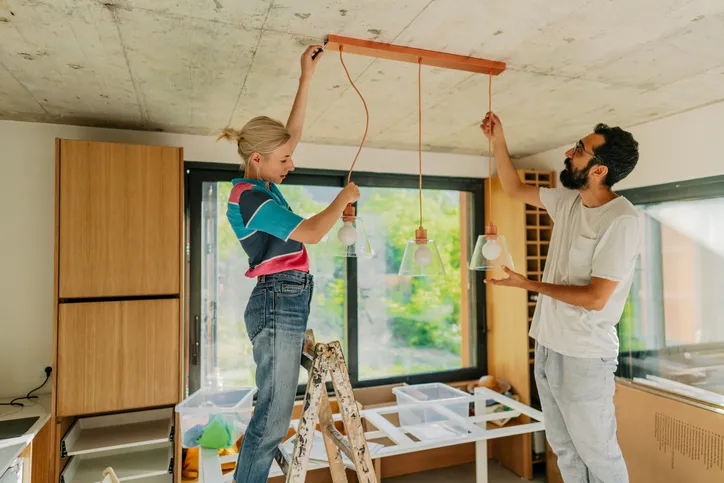
Old or outdated fixtures can significantly affect the perceived value of your home. Things like brass doorknobs, outdated faucets, or ancient light switches can make your home feel stuck in a past decade. Fortunately, swapping out fixtures is a relatively inexpensive update that can yield big results. Opt for modern materials like brushed nickel or matte black for a contemporary look. This small change can make your home feel more current and well-tended.
Take an inventory of your home’s hardware and identify areas for potential updates. Start with the most visible fixtures, such as kitchen and bathroom faucets, door handles, and cabinet pulls. You don’t need to replace everything at once; prioritize based on what’s most noticeable or in the worst condition. Even updating just one or two areas can make a noticeable difference. These small changes can significantly increase the perceived value and aesthetic appeal of your home.
13. Inconsistent Themes

A home with an inconsistent theme can feel disjointed and chaotic, lacking a sense of flow or cohesion. If your living room is modern, but your kitchen screams country cottage, it might be time for a thematic adjustment. Consider creating a unifying theme through color, texture, or material that can be subtly echoed in each room. This doesn’t mean every room must look the same, but they should feel part of a cohesive whole. A unified theme can make your home feel more harmonious and thoughtfully designed.
Start by deciding on a theme or style you love and want to reflect throughout your home. Look at your existing decor and decide what fits this vision and what doesn’t. Sometimes small adjustments like a new rug or wall art can create the desired consistency. Don’t forget about the little details, like matching frames or complementary accent pieces. A consistent theme can make your home feel more put-together, inviting, and a true reflection of your personal style.
14. Unkempt Outdoor Spaces
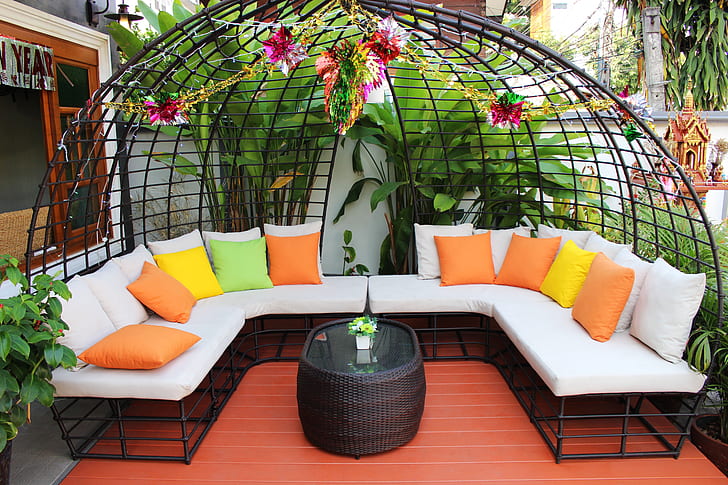
Your home’s exterior is the first impression guests get, so don’t let unkempt outdoor spaces let you down. Overgrown lawns, peeling paint, or cluttered porches can detract from the overall appeal of your home. Regular maintenance like mowing the lawn, trimming bushes, and sweeping the porch can make a significant difference. Consider adding some potted plants or outdoor lighting to enhance the curb appeal. A well-kept exterior sets the tone for what’s inside, making your home inviting from the get-go.
Start by assessing the current state of your outdoor space and identify areas that need immediate attention. Develop a simple routine for regular maintenance to keep things tidy and fresh. If space allows, create a small seating area with a couple of chairs and a table. This adds functionality and invites people to enjoy the outdoors. By tending to your outdoor spaces, you elevate the whole atmosphere of your home, making it feel more welcoming and polished.
This article is for informational purposes only and should not be construed as financial advice. Consult a financial professional before making investment or other financial decisions. The author and publisher make no warranties of any kind.








